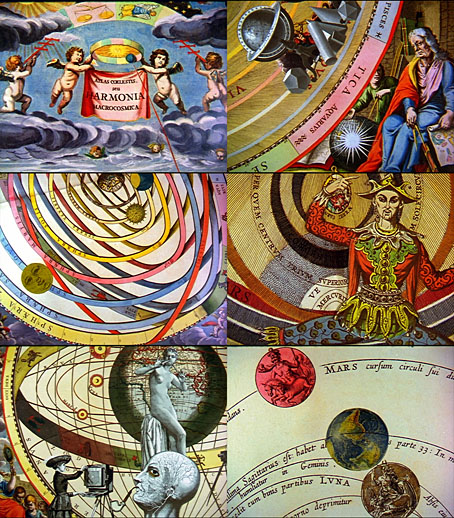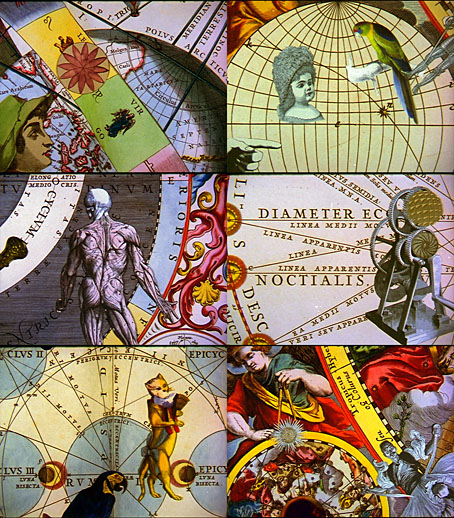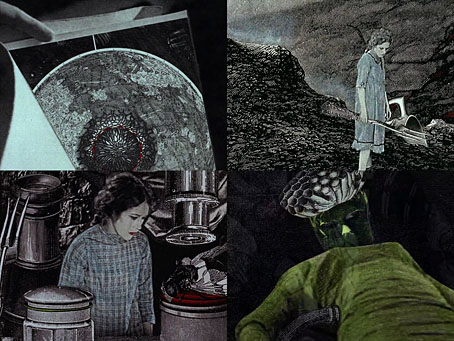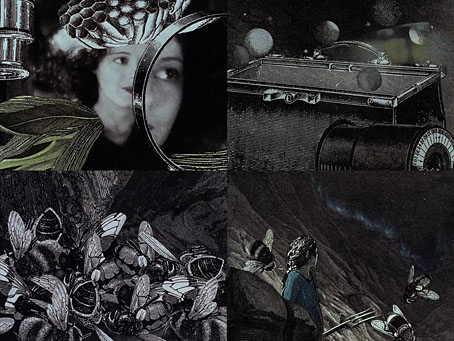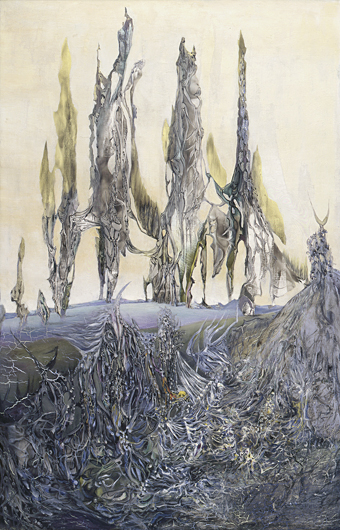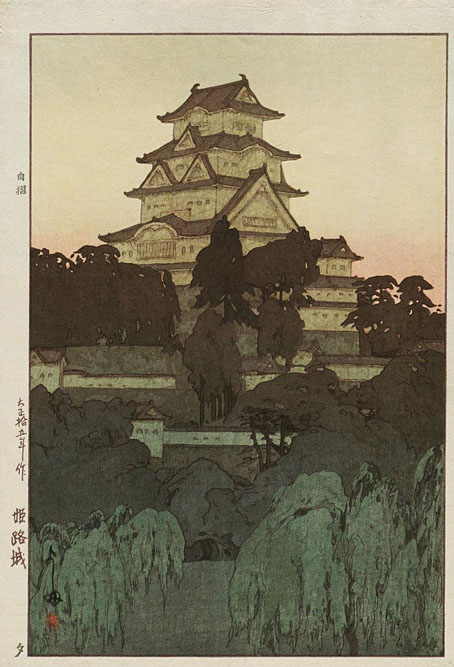
Himeji Castle, Evening (1926) by Hiroshi Yoshida.
If you’ve ever seen Akira Kurosawa’s Ran then you’ve seen Himeji Castle inside as well as out, a memorable sight not only for its vast size—the castle is the largest in Japan—but also for its brilliant white facade. Despite the building’s great age and importance it doesn’t seem to have been a popular subject for ukiyo-e prints which makes me wonder if there was ever a prohibition against this. Or were castles an unpopular subject compared to the more familar views of shrines and temples? Whatever the reason, all the prints here are from 20th- and 21st-century artists showing the place in a variety of seasons and weathers. The castle also appears in Kurosawa’s Kagemusha, a film I haven’t seen for many years. Time for a re-viewing, I think.
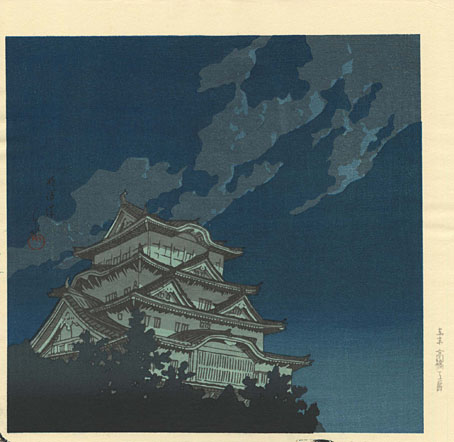
Himeji Castle (1930) by Hasui Kawase.
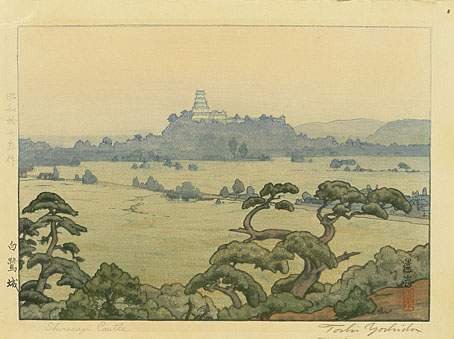
Himeji Castle (1942) by Toshi Yoshida.
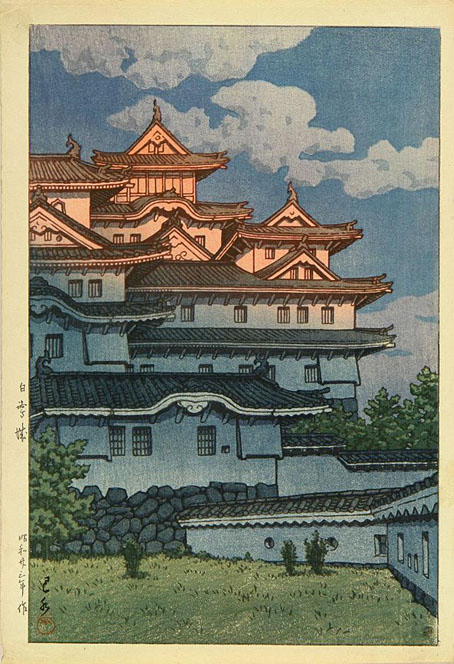
Himeji Castle (1948) by Hasui Kawase.
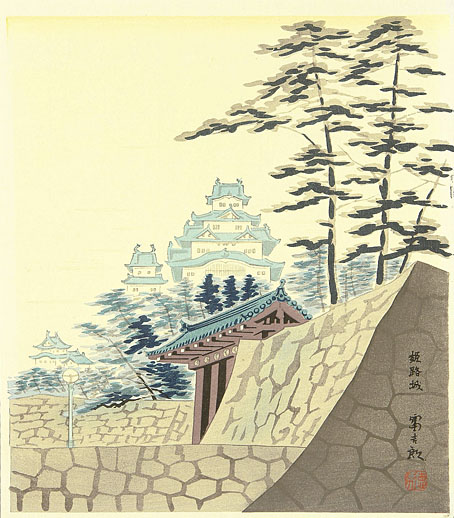
Himeji Castle (c.1950s) by Tomikichiro Tokuriki.


